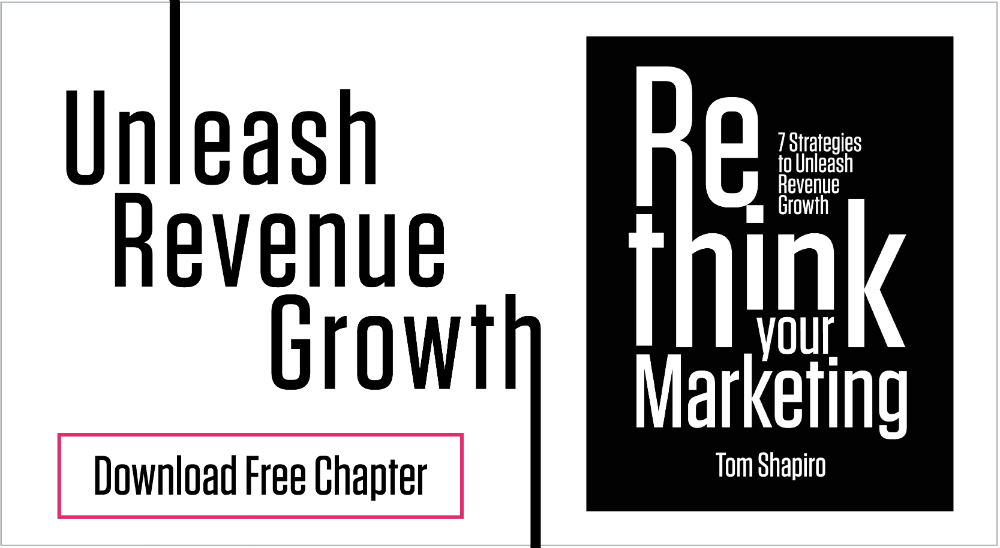Rethinking the Revenue Model
Hilti, a Liechtenstein-based, high-end power tool manufacturer serving the construction industry, changed its revenue model to be better aligned with its customers’ underlying needs. Founded in 1941, Hilti had long sold power tools directly to its customers. The company reviewed its existing model and reconsidered the value proposition for its customers.
Holes Instead of Hammers!
Hilti noticed that contractors make money by using tools, not by owning them. So instead of selling equipment, it rethought its revenue model and began selling the use of the equipment instead, helping its customers to increase their productivity while reducing their capital investments. Hilti took over managing its customers’ tool inventory, providing the right tool on demand and supplying tool repairs, replacements, and automatic upgrades for a monthly fee.
Solving Problems
Hilti’s innovative approach to charging for its tools solved a variety of problems with which the construction industry had been unsuccessfully grappling. Drilling tools require a large upfront investment. Broken machines during construction projects can cause major financial losses. Typically, repair services are not immediately available in the field. Uncertain reliability of tools causes many contractors to overstock to prevent emergency situations from arising in the case of tool failure.
Like what you’re reading?
Get the book Rethink Your Marketing for more stories like this one!
Higher Margins
After Hilti made the revenue model change, many contractors, who had spread their tool purchases among a number of manufacturers in the past, started allocating a greater share of purchases to Hilti in line with the benefits of the more holistic tool management service. Furthering the gains for Hilti, the new solutions model had higher margins than selling each product one by one, plus the ongoing service contracts led to longer and deeper customer relationships. This, in turn, provided Hilti with even greater insights into its customers’ needs.
Adapting to Evolving Customer Needs
Hilti rethought its revenue from a product-based model to a product-service-solutions-support model with great success, but it had to begin by examining its current revenue generation model and looking for ways to improve while adapting to a changing customer value proposition. When you rethink your own revenue model, you would be hard pressed to find a better place to start than with the underlying needs of your customers. Even if you’ve been doing business for 70 years.




